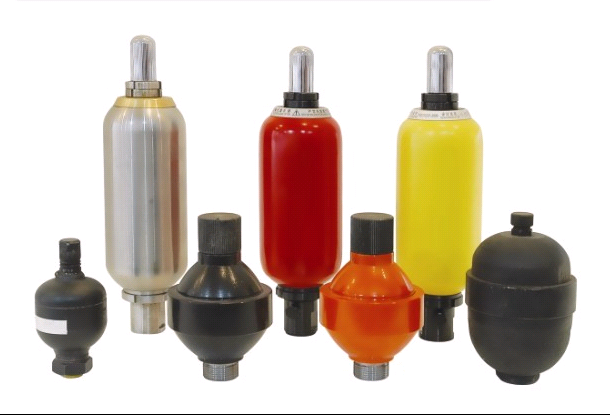13、 Check whether the valve and body of the cylinder containing oxygen or strong oxidizing gas are contaminated with grease. Whether there are foreign matters such as carbon black or tar at the valve side nozzle of the dissolved acetylene cylinder.

The hands, face, hair, gloves, clothes and tools of the workers who are in contact with oxygen and strong oxidizing gas cylinders are not allowed to be contaminated with oil. It must be remembered that gas will burn when contacting with oil. For example, a worker of an oxygen user wore gloves stained with grease to open the oxygen cylinder valve, and the oxygen in the cylinder valve leaked out of the grease on the gloves. Immediately cause burning, causing severe burns to the palm.
The cylinder with grease on the cylinder body, handle, valve shaft, side nozzle or near the cylinder valve of the oxygen and strong oxygen traveling gas cylinder valve must be treated seriously and must not be lightly let go to prevent combustion and explosion.
(1) The cylinder is stored in an improper position, causing grease to fall on the cylinder or contaminating the cylinder with grease scattered on the ground.
(2) To solve the problem of tight opening and closing of the cylinder valve, the cylinder operator shall apply Vaseline, ointment or pouring engine oil to the valve shaft.
(3) The regular inspection station for gas cylinders used to inspect various types of gas cylinders mistakenly installed the cylinder valves on the carbon dioxide, nitrogen, hydrogen, compressed air and other gas cylinders containing grease onto the oil prohibited gas cylinders due to poor management.
(4) The cylinder is transported with oil, diesel, pork and other grease objects in the same vehicle, causing the grease to contaminate the cylinder valve.
(5) Gas cylinder operators shall wear grease stained gloves or use grease stained hands to open and handle the cylinder valve leakage or load and unload the pressure reducer, so that the grease is smeared on the cylinder valve and the cylinder shoulder.
(6) Gas cylinders have been filled with gas containing grease or used as other containers.
(7) In order to cover up their theft, retaliation or sabotage, the criminals will stow the stolen diesel in the oxygen cylinder or inject engine oil into the cylinder through the side nozzle of the cylinder valve.
When checking whether the bottle valve is polluted by grease, pay attention not only to the open places, but also to the hidden places, such as the valve shaft covered by the handle, the inner wall and inner hole of the side nozzle, the lower side of the pressure relief cap or plug, and the connection of the bottle mouth.
It is strictly forbidden to inflate the cylinder valve and the cylinder near it that is polluted by grease to prevent the cylinder from falling into the grease and causing combustion and explosion accidents. The cylinders contaminated with oil and grease shall be handled according to the requirements of the first item above first, and then handled according to the requirements of the third item above after the cause is found out, the user is given safety education and the lawbreakers are punished by law.
When the bottle body below the bottle shoulder is stained with grease, clean cloth, cotton yarn or cotton can be slightly dipped in alcohol, carbon tetrachloride or dichloroethane to clean it after confirming that there is no grease around the bottle valve.
When using the above three solvents, you must pay attention to safety, because alcohol, dichloroethane and their steam are flammable, and carbon tetrachloride and dichloroethane are toxic. When scrubbing grease, it should be both fireproof and toxic. The scrubber shall stand on the windward side. Wear gas mask when necessary.
When checking the valve of the dissolved acetylene cylinder, it is found that there are carbon black, tar and other foreign matters at the valve port, and the cylinder should be handled according to the requirements of the third item above.